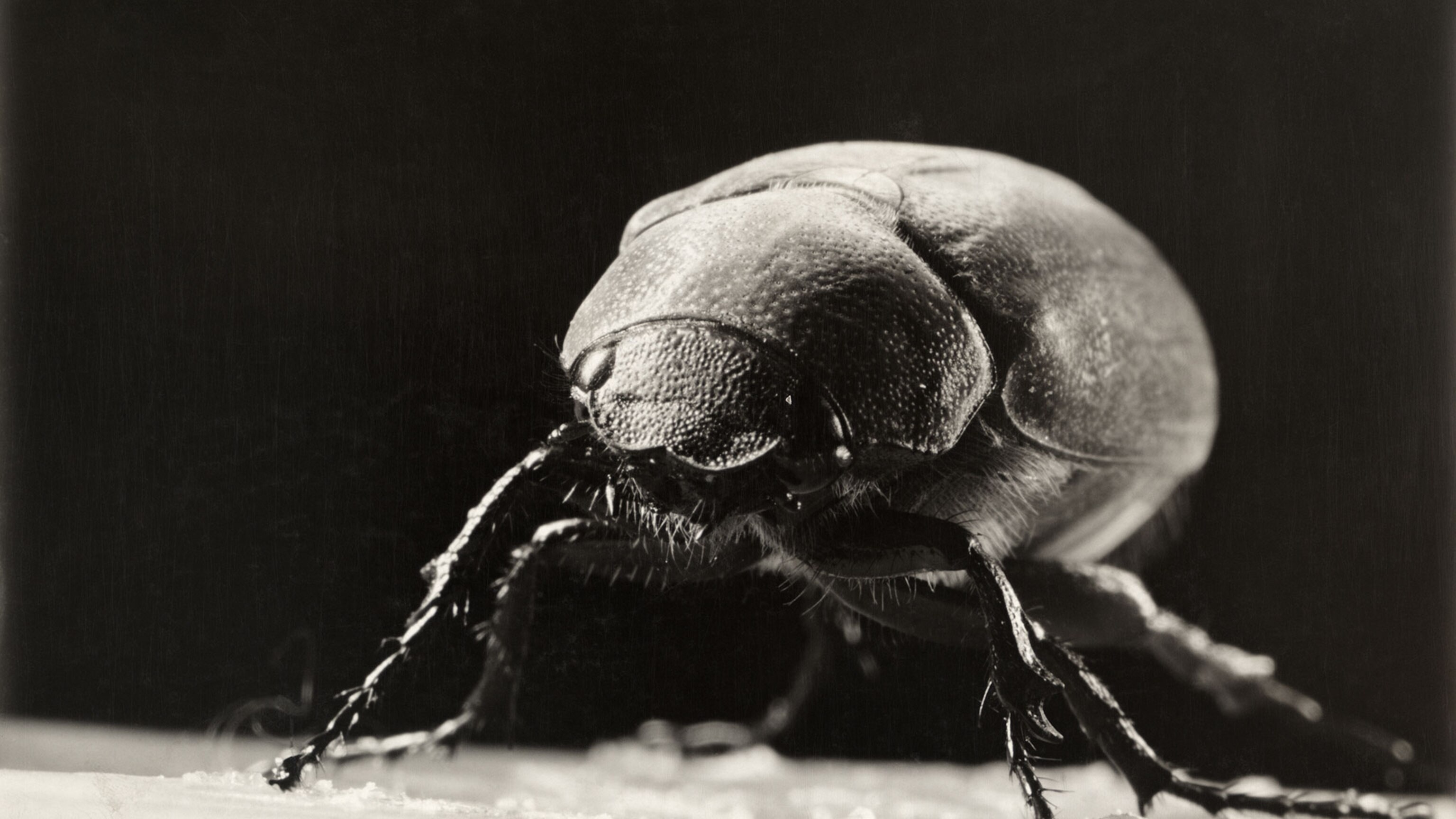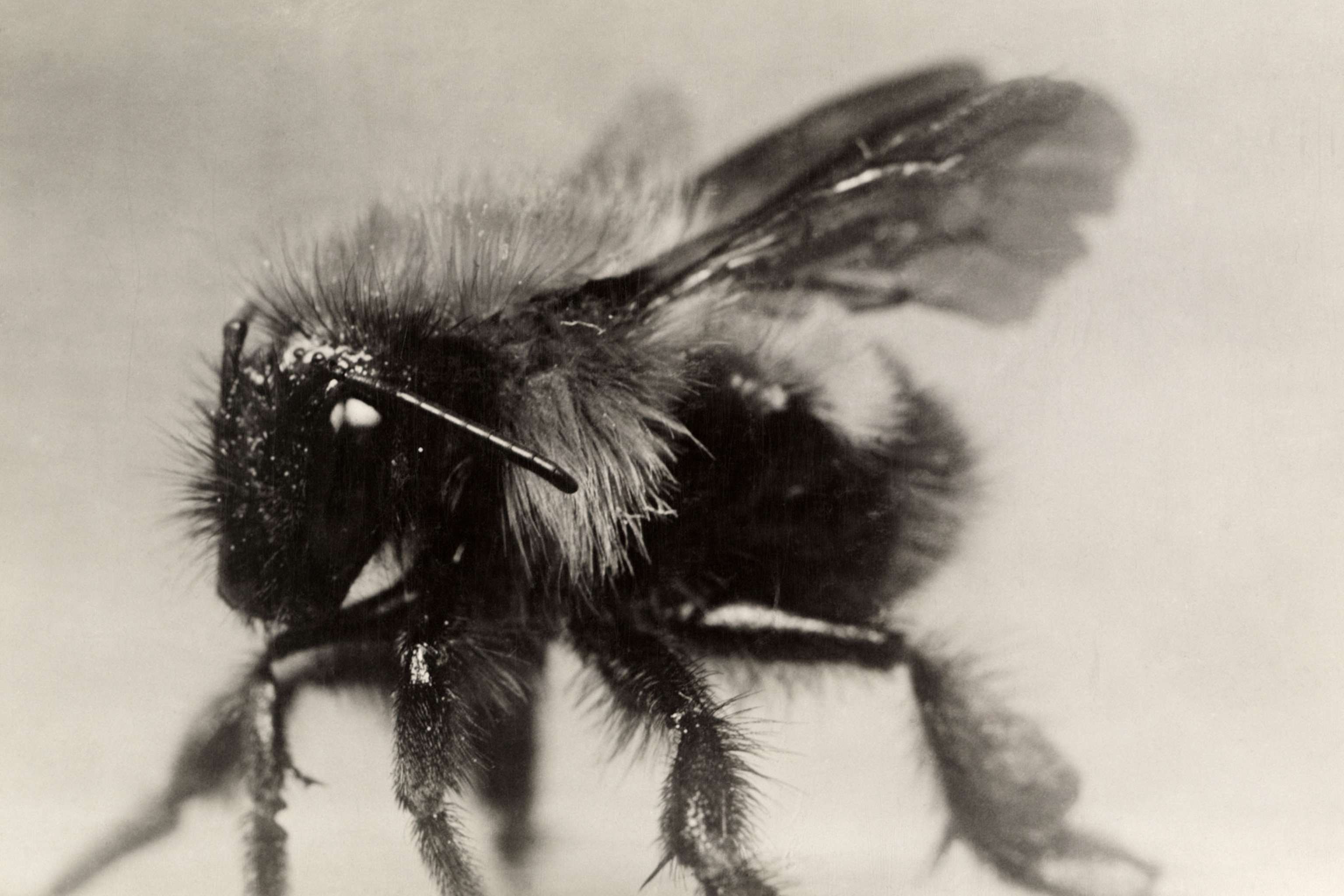
This spider accelerates faster than a rocket
Triangle weaver spiders store astonishing amounts of energy in their webs, a skill unique in the animal kingdom, a new study says.
To most, a spider web is a sticky silken net—passive, if exquisitely constructed.
One type of arachnid, however, takes its webs a step further, constructing tension-loaded tools with all the aplomb of medieval engineers. These are triangle weaver spiders in the genus Hyptiotes, found in the United States and many other parts of the world. (See 10 beautiful photos that will make you love spiders.)
After building a triangle-shaped web, they anchor themselves to a twig with silk from their abdomen and pull on a central anchor line, stretching the structure tighter and tighter.
They're loading their web with potential energy like a crossbow string, but one in which their bodies are the release mechanism that holds the whole system taut until it's time to fire.

When a bug bumps into the web, the spider let go of its anchor line and releases slack from its abdomen, catapulting its web (and itself) forward and capturing the bug in silk. (See pictures of the world’s biggest, strongest spider webs.)
The effect is “kind of like a net gun,” says Daniel Maksuta, a Ph.D. student at the University of Akron in Ohio and coauthor of a new study on the spider. Sometimes the spider will even “reload” and “fire” the web a few times to ensure its prey is incapacitated, he says.
Now, a new study using high-speed cameras has revealed these webs store and release a staggering amount of energy.
In fact, Hyptiotes cavatus’s web slinging can reach accelerations in excess of 770 meters a second squared, or about 26 times the maximum acceleration of a NASA space shuttle.
The authors argue it is the animal kingdom's only known example of external power amplification—using an outside object to store and multiply energy to be released all at once.
Speedy spiders
For the new study, study leader Sarah Han, a Ph.D. student at University of Akron, Ohio, and colleagues captured wild Hyptiotes cavatus spiders and reared them indoors.
The spiders built their webs just as they would in the wild, and the team recorded how they interacted with prey.
Video footage revealed that each time a spider yanks its web, it’s like turning a crank to wind up a catapult. An arm can only generate so much force with a single contraction, but the elasticity of the web allows it to store the force from many contractions and release it all at once—that’s the power amplification.
The team also created software models of webs and ran simulations comparing a spider using power amplification from its web, jumping using muscle power alone, or using internal energy like a jumping flea.
According to their models, the increased energy provided by the tension-loaded web is what enables the spider to capture its prey.
This strategy is also successful for the spiders: In the lab observations, spiders that didn’t release their webs failed to catch their prey 100 percent of the time, according to the study, published May 13 in Proceedings of the National Academy of Sciences. If the arachnids used their web properly, they had a roughly 70 percent success rate. (Read about other spiders that shoot silk.)
Unraveling the mysteries of silk
Other invertebrates produce silk, such as moth larvae, but “it is nowhere near as widespread and functionally diverse as in the spiders,” explains Paul Selden, an paleoarachnologist at the University of Kansas. (Learn how spiders listen to their webs.)
See vintage photos of insects and spiders

















There are nearly as many uses for silk as there are species of spider (more than 45,000), yet even among silk-throwing bolas spiders, sneaky trapdoor spiders, and even electrostatically powered flying baby spiders, Hyptiotes stands out.
“I cannot think of any further evolution of this capture system in spiders, not any comparable capture webs in unrelated species,” Selden says.
Several intriguing questions remain. For instance, when holding their web tight, H. cavatus appear to keep their knees bent, which for most animals would be extremely tiring.
“How can they do it?” Han asks. She plans to find out.
You May Also Like
Go Further
Animals
- How scientists are piecing together a sperm whale ‘alphabet’How scientists are piecing together a sperm whale ‘alphabet’
- Orangutan seen using plants to heal wound for first timeOrangutan seen using plants to heal wound for first time
- What La Palma's 'lava tubes' tell us about life on other planetsWhat La Palma's 'lava tubes' tell us about life on other planets
- This fungus turns cicadas into zombies who procreate—then dieThis fungus turns cicadas into zombies who procreate—then die
Environment
- The northernmost flower living at the top of the worldThe northernmost flower living at the top of the world
- This floating flower is beautiful—but it's wreaking havoc on NigeriaThis floating flower is beautiful—but it's wreaking havoc on Nigeria
- What the Aral Sea might teach us about life after disasterWhat the Aral Sea might teach us about life after disaster
- What La Palma's 'lava tubes' tell us about life on other planetsWhat La Palma's 'lava tubes' tell us about life on other planets
- How fungi form ‘fairy rings’ and inspire superstitionsHow fungi form ‘fairy rings’ and inspire superstitions
- Your favorite foods may not taste the same in the future. Here's why.Your favorite foods may not taste the same in the future. Here's why.
History & Culture
- These were the real rules of courtship in the ‘Bridgerton’ eraThese were the real rules of courtship in the ‘Bridgerton’ era
- A short history of the Met Gala and its iconic looksA short history of the Met Gala and its iconic looks
Science
- Why trigger points cause so much pain—and how you can relieve itWhy trigger points cause so much pain—and how you can relieve it
- Why ovaries are so crucial to women’s health and longevityWhy ovaries are so crucial to women’s health and longevity
Travel
- What it's like trekking with the Bedouin on Egypt's Sinai TrailWhat it's like trekking with the Bedouin on Egypt's Sinai Trail




